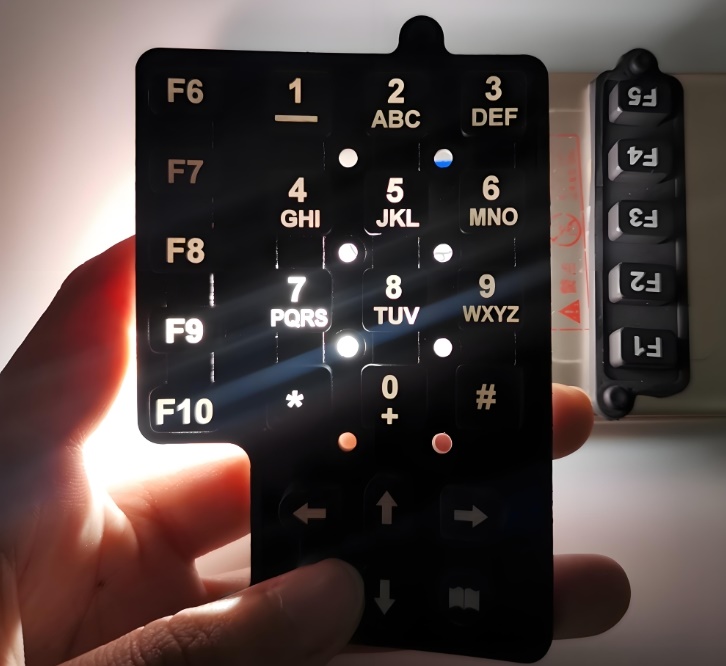Projected capacitive touch screens (PCT) are a type of touch screen technology that is becoming increasingly popular in a variety of applications, including smart homes. PCT screens use an invisible grid of electrical fields to detect the location of a touch. This makes them more accurate and responsive than other types of touch screens, such as resistive and surface capacitive touch screens.Now, everyone is right silicone rubber keyboard Are more concerned, hoping to get more benefits from it. https://singway-touch.com/
Projected Capacitive Touch Screens: Making Smart Home More Interactive
How Projected Capacitive Touch Screens Work
Projected capacitive touch screens work by creating an invisible grid of electrical fields on the surface of the screen. When a user touches the screen, their finger completes the circuit, which is detected by the screen’s controller. The controller then uses this information to determine the location of the touch.
Advantages of Projected Capacitive Touch Screens
Projected capacitive touch screens have a number of advantages over other types of touch screens. They are:
Accurate: Projected capacitive touch screens are very accurate, which makes them ideal for applications that require precise touch input.
Responsive: Projected capacitive touch screens are very responsive, which makes them ideal for applications that require fast touch input.
Multi-touch: Projected capacitive touch screens can support multiple touch points simultaneously, which makes them ideal for applications that require gestures and other multi-touch interactions.
Durable: Projected capacitive touch screens are durable and can withstand a lot of wear and tear.
Disadvantages of Projected Capacitive Touch Screens
Projected capacitive touch screens have a few disadvantages, including:
Expensive: Projected capacitive touch screens are more expensive than other types of touch screens.
Not waterproof: Projected capacitive touch screens are not waterproof, which makes them unsuitable for use in wet environments.
Not compatible with gloves: Projected capacitive touch screens do not work well with gloves, which can make them difficult to use in cold weather.
Applications of Projected Capacitive Touch Screens
Projected capacitive touch screens are used in a variety of applications, including:
Smartphones and tablets: Projected capacitive touch screens are the most common type of touch screen used in smartphones and tablets.
Interactive kiosks: Projected capacitive touch screens are often used in interactive kiosks, such as those found in shopping malls and airports.
Point-of-sale systems: Projected capacitive touch screens are becoming increasingly popular in point-of-sale systems, such as those used in retail stores.
Smart homes: Projected capacitive touch screens are being used to control smart home devices, such as lights, thermostats, and appliances.
Future of Projected Capacitive Touch Screens
Projected capacitive touch screens are a rapidly evolving technology. In the future, we can expect to see even more accurate and responsive screens. We can also expect to see projected capacitive touch screens used in a wider range of applications, such as in cars and on public transportation.
Conclusion
Projected capacitive touch screens are a powerful technology that is making smart homes more interactive and user-friendly. They are accurate, responsive, and durable, making them ideal for a variety of applications. As projected capacitive touch screen technology continues to evolve, we can expect to see them used in even more innovative ways.